Celebrating Museum Night in Ukraine
The International Council of Museums instituted ‘International Museum Day’ 39 years ago, which the world celebrates on May 18 each year. In 1997 ‘International Museum Night’ was established. The concept of the event is that museums open their doors at night to invite youths, the most skeptical audience of the muses’ temples.
This year’s theme of Museum Night is ‘Museums and Cultural Landscapes’. Until the 2000s, Ukraine’s International Museum Day differed from any other working day only by free admission. In 2008 several Ukrainian museums with the most forward-thinking management joined the Museum Night for real. In 2015 their number rose to 70 among almost 600 state museums, national parks and reserves. In 2016 participating museums come from Kyiv, Lviv, Kharkiv, Odesa, Chernihiv, Chyhyryn, Khmelnytsky, Kherson, Berezhany, Rivne, Zaporizhzhya, Dnipro [ed.: former Dnipropetrovsk] and Dobrovelychivka in Inhulsk [ed.: former Kirovohrad] Oblast.
![In 2013 Lutsk Art Museum featured the ‘Night on Guard with the Great’ during the Museum Night. Taras Kompanichenko [ed.: first from the left], influential Ukrainian kobzar, lutenist, composer and the leader of Chorea Kozacka baroque ensemble participated in the event. Photo by volynpost.com](https://img.pravda.com/images/doc/b/2/b2a2a9d-0842435-nich-muzeyiv-lutsk.jpg)
The world celebrates Museum Night on May 18 and any shifting can be done only to the closest weekend in case of a national holiday. Ukraine demonstrated yet again that it lives by its own rules... or maybe it is just a lack of managerial oversight which in theory should have been the duty of the Ukrainian Committee of the International Council of Museums.
So we didn’t have a Museum Day, but a Museum Week with first events taking place on May 14, the most attended events happening on May 21 with the last official ‘Museum Day’ event ending on May 23. From another perspective: such a prolonged celebration is healthy for cultural tourism, as it allows interested museum fans to travel from Lviv to Kharkiv or from Lutsk to Odesa. Below is an overview of the most interesting events of Museum Day/Museum Night or, as we just explained, Museum Week.
Dnipro [ed.: new toponym for the city of Dnipropetrovsk] National History Museum named after Dmytro Yavornitsky is one of the most active participants of Museum night. The team of this museum is known for creating spectacular shows. On May 14 its backyard was full of different workshops: from historical dancing, fencing and Cossack hart [Ukr.: гарт] dance to camertone singing. Visitors were invited to the XIX century ball, practiced spirit rapping, learned to dance the ‘banned’ charleston from the 1920s and helped to combat the illiteracy of the 1930s.
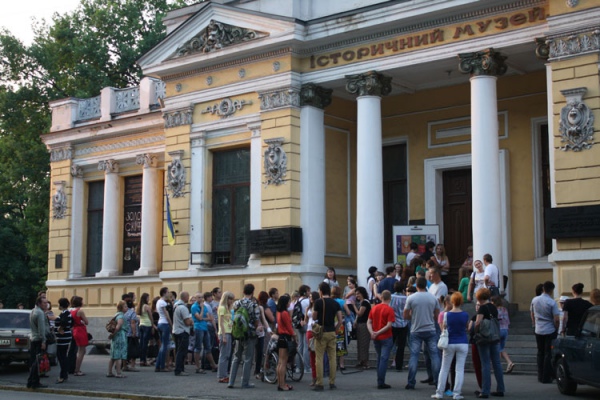
Medzhybizh Castle Museum once again showed its special approach. The highlight of this year’s celebration was a quest in an attempt to repeat last year’s archaeological sensation when a 150-year-old wine bottle was discovered in the cellars of the castle. The Museum offered theatrical performances featuring US National hero Tadeusz Kosciuszko, who lived in Medzhybizh for a year, and a story of a tragic love between a 45-year-old general and an 18-year-old maid.
Rivne Museum of Regional Studies transformed its Museum Hosting [Ukr.: ‘Музейні гостини’] into a Museum Marathon last year. This year the second marathon took place on May 16 — 23. Visitors were treated with an exhibition of embroidered towels and meeting the authors of recent research on the lives of the officers of the Ukrainian Insurgent Army. During the ‘breaks’ the museum offered traveling and discovering the Museum of Amber, Peresopnytsia [ed.: a village of Peresopnytsia Monastery from which comes Peresopnytsia Gospel — the first known example of a vernacular Old Ukrainian translation of the canonical text of the Scriptures on which Ukrainian presidents take their oath of office] and enjoy the gardens of Ostroh Academy.
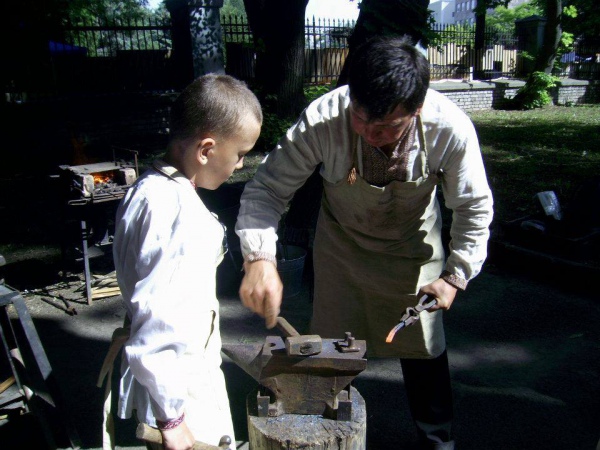
Local ethnography museums in tiny Oleksandrivka, Inhulsk [ed.: former Kyrovohrad] Oblast and Berezhany, Ternopil Oblast are setting an example for other local museums. Each year their management invents comprehensive and unique events with Museum Day smoothly fading into a Museum Night. Note that Oleksandrivka or Berezhany have quite a bit less tourists and museum goers compared to Kyiv or Lviv. This year, as usual, Museum Night in Berezhany was a joint effort of Berezhany Regional Ethnography Museum, State Historical-Architectural Reserve and Bohdan Lepky Museum.
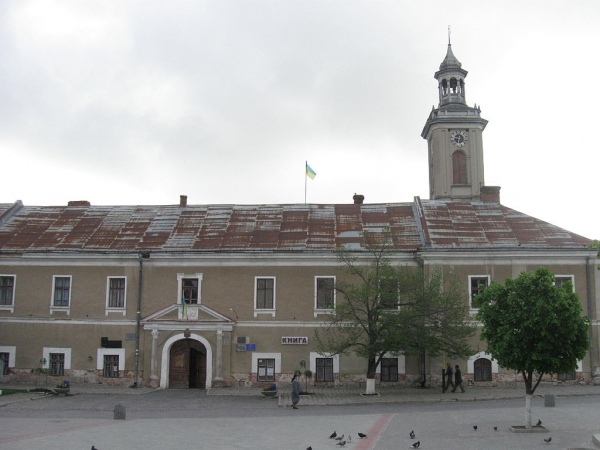
On Museum night Berezhany welcomed visitors with a fire show, hutsul tunes [Ukr.: співанки], history quest, literary competition, theatrical plays, philatelist exhibition, works of European XVII century sculptor Johann Pfister, live broadcast of the Eurovision song contest and a night tour of local architectural masterpieces.
Odesa Museum of Western and Eastern Art invited visitors to Ancient Greece. By following the Ariadne’s thread, visitors to the museum could experience the way of living of the Ancient Greeks, debate with philosophers, touch the mysteries of Dionysus, try their chances in the Labyrinth of the Minotaur and ask Syvilla to tell their fortune. After drinking truth serum and enjoying the diversity of the European cultural cradle, the air of the Odesa night might have seemed more Greek than usual.
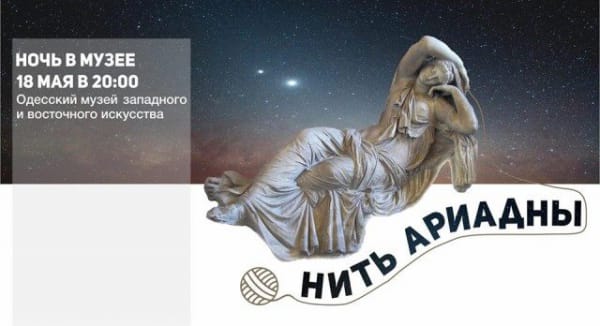
Visitors of The Bleshchunov Museum [ed.: Odessa Municipal Museum of Private Art Collections named after Oleskandr Bleshchunov] and the museum guides discussed the role of the contemporary museum in creating the memories of everyday lives and looked for instruments to generate such memories. They reconstructed memories from things, signs, gestures, fragments and episodes of the past, looking for material and mental tracks.
The bravest visitors were invited to tour Devolanivsky Uzviz [ed.: a street in the historical center of Odesa named after the city’s founder François Sainte de Wollant which was in the center of a media scandal when controversial demolition was initiated by private developers aiming to build a business center]. Carnival dress was required to participate in the tour.
If you were up for an elegy to the early XX century — Chernihiv was waiting for you. Mykhailo Kotsiubynsky Memorial Museum organized a walking tour with the Ukrainian poet of Georgian origin Raul Chilachava and entertained visitors with a famous Performance at Kotsubinsky’s [Ukr.: "Імпреза у Коцюбинського"], returning us back to the Saturday Summer evenings on the writer’s veranda full of poetry and music — the highlights of provincial Chernihiv a century and a half ago.
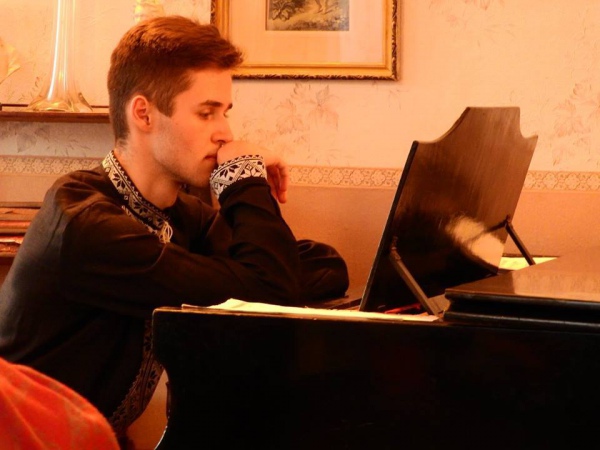
Lviv Andrey Sheptytsky National Museum featured master classes, an art fair and a new exhibition of folk clothing during the Museum Day and Night.
Kharkiv Museum of Literature organized ‘A Night on the Old/New Street’ confirming the renaming of the street on which it is located from ‘Frunze Street’ to ‘Dmytro Bahaliy Street’ [ed.: Mikhail Frunze was communist military commander in the 1917—1925, when he suddenly died after a surgery performed in a Moscow hospital (at a convenient time for Joseph Stalin, who was his political rival at the time). Dmytro Bahaliy was a Ukrainian historian and one of the co-founders of the Ukrainian Academy of Sciences. He died of pneumonia in 1932, while most of his colleagues and followers were later executed by the NKVD in 1933—1937].
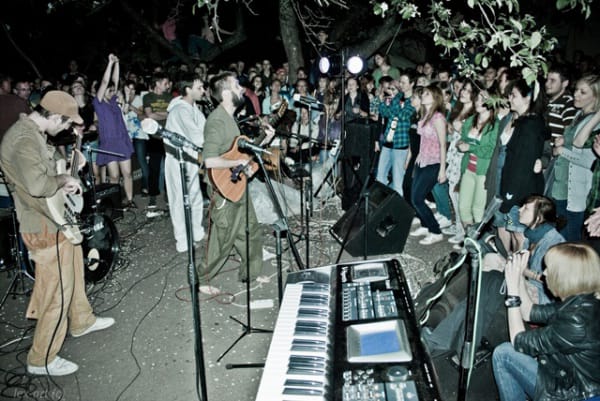
The memorial walk through early XX century Kharkiv in the company of the best Kharkiv guides, mysteries and horrors of the city’s history, chansonnier, Dovzhenko’s films in the renovated museum garden — these are must-haves, should you decide to visit Kharkiv this spring.
Kyiv museums, as usual, were leaders in celebrating Museum Night. Museum of The History of Ukraine in World War II presented ‘the Night Watch’ [Ukr.: "Нічна варта"] art project, which included theatrical tour of the museum, premiere of ‘The Military’ [Ukr.: "Військова"] play and a unique opportunity to see a bird’s eye panorama of Kyiv.
The Pavlo Tychyna Literary Memorial Apartment-Museum presented a party of the secret society called RUBBISH [Ukr.: "ХЛАМ"]. All visitors needed to get a special invitation. The party featured music, cinema and African drums.
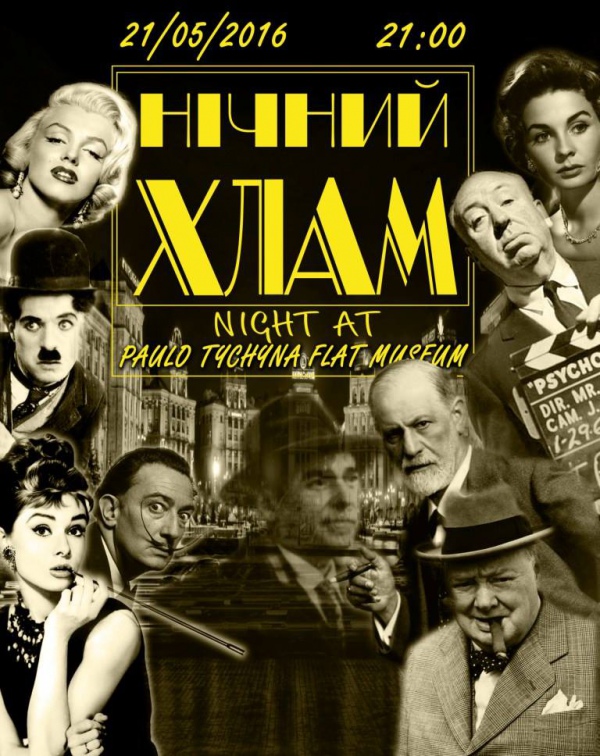
The same day the National Museum of History of Ukraine invited visitors into the… Ice Age — to put on their weekend furs on and go hunting for the mammoth. Bohdan and Varvara Khanenko National Museum of Arts presented new collection of pattern keys and pattern maps.
The Kyiv Dream Museum featured posters illustrating books of Sigmund Freud, a story tour about dreams complemented by a cup of hot chocolate, and a workshop on creating picture collages based on your own dreams.
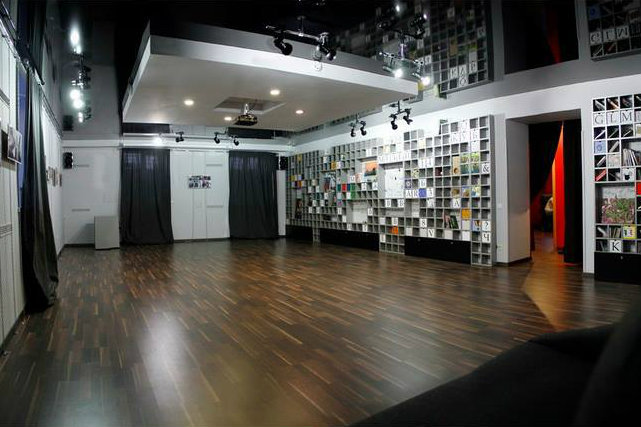
Ivan Honchar Museum on Lavrska Street offered special tours, reenactment of a traditional Ukrainian wedding ceremony and a midnight performance by Drevo folk band.
The zest of the Museum Night in Kyiv was the light show on the facade of the National Museum of Art of Ukraine, which highlighted the architecture of the beautiful building built by Władysław Horodecki during nighttime, accompanied by the ambient music of DJ Debrastler in the background.
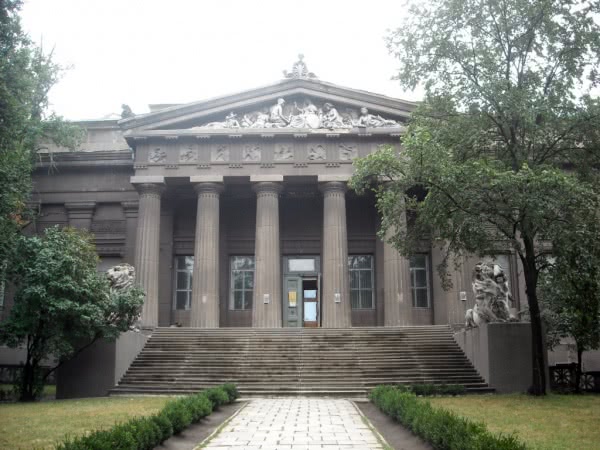
Go visit Ukraine’s museums! They are not the same as they used to be 10 years ago.
Original texts by Lesia Hasydzack, Editor of Prostir.museum portal and Iryna Hryshchenko of bzh.life, translated by Gennadiy Kornev.
Nota Bene! Publications of the English version of Ukrayinska Pravda are not verbatim translations of the source publications from the Ukrainian or Russian language versions of our website. For the sake of clarity and editorial effectiveness our translators might take the liberty of shortening and retelling parts of the source publications. Please consult the text of original publication or the English editorial staff of Ukrainska Pravda prior to quoting our English translations.